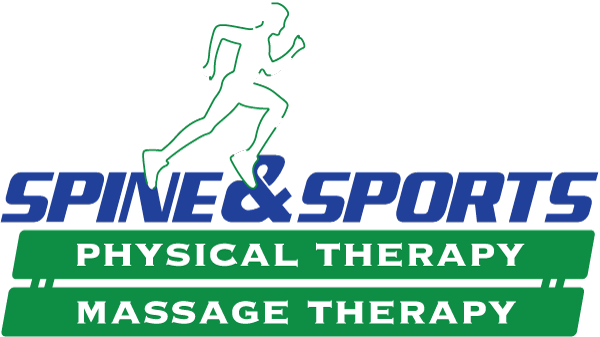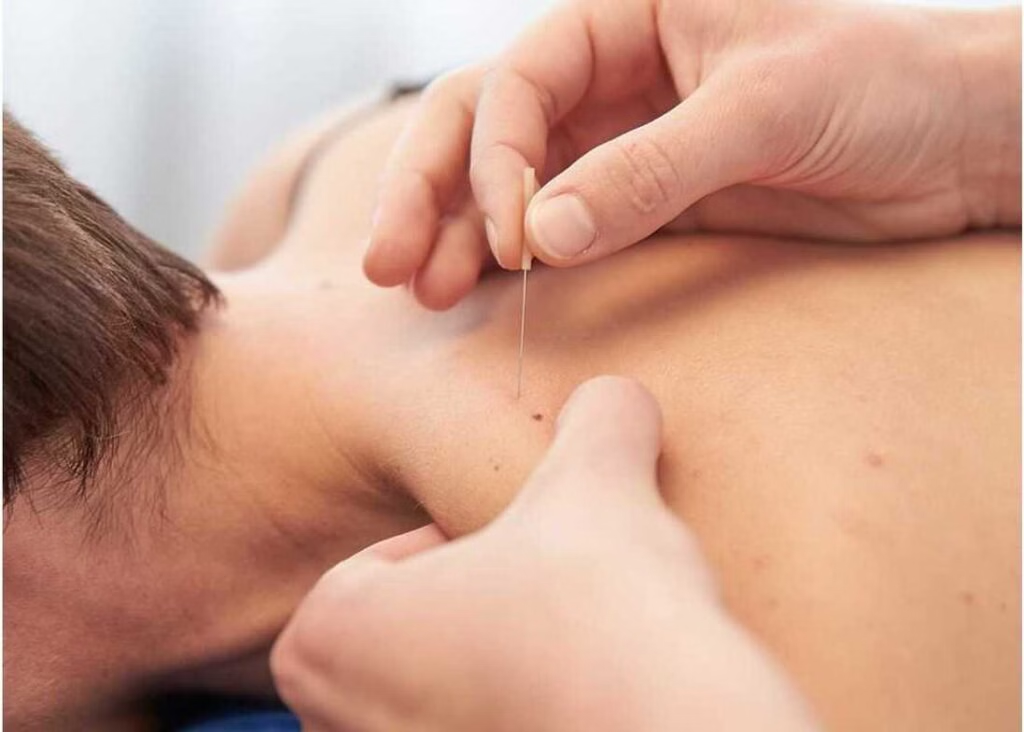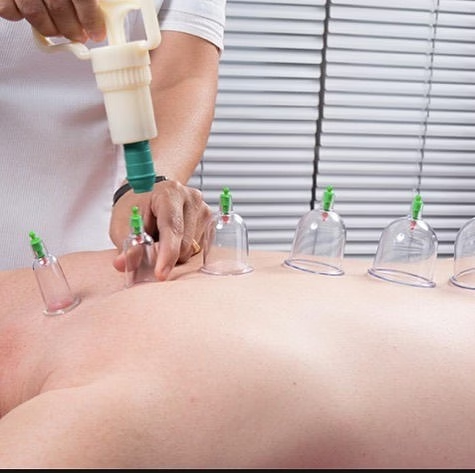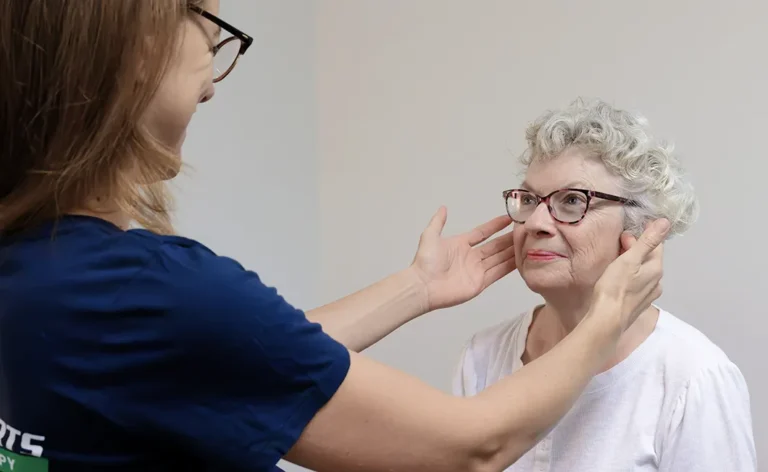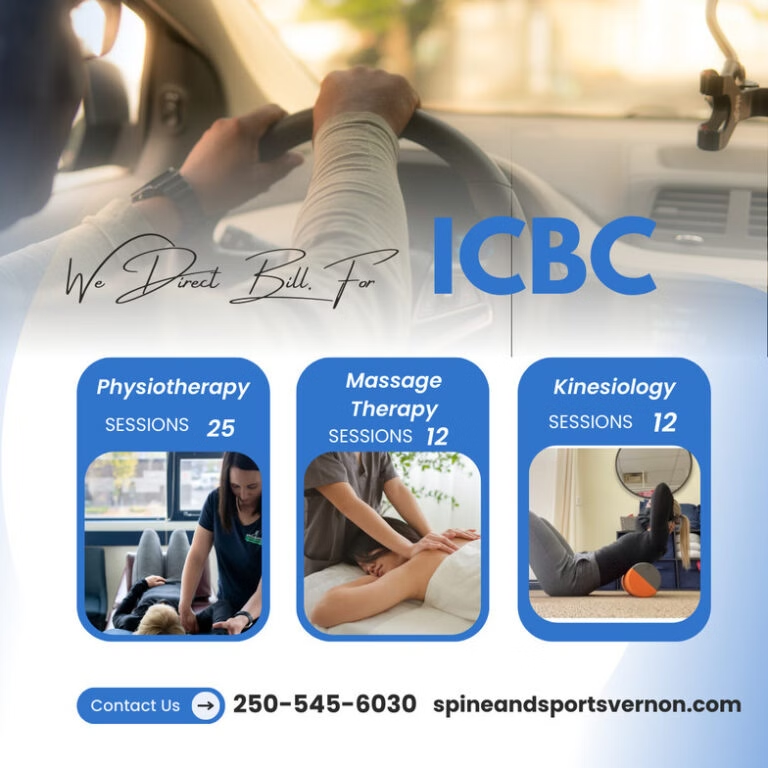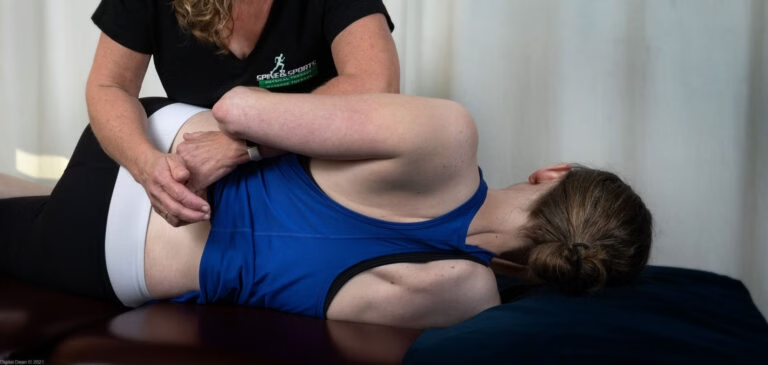Functional Dry Needling (FDN) or also known as Intramuscular Stimulation (IMS) is an effective technique used by physiotherapists to treat pain arising from muscles and/or nerves. Dry needling involves inserting a needle, without medication or injection, into an area of the muscle known as a trigger point. A trigger point is an irritable, hard “knot” within a muscle that is painful when palpated and can produce significant pain over a large area. Trigger points are very common and can often make everyday tasks difficult. Often, these trigger points may be too deep to be effectively treated by other treatment techniques.
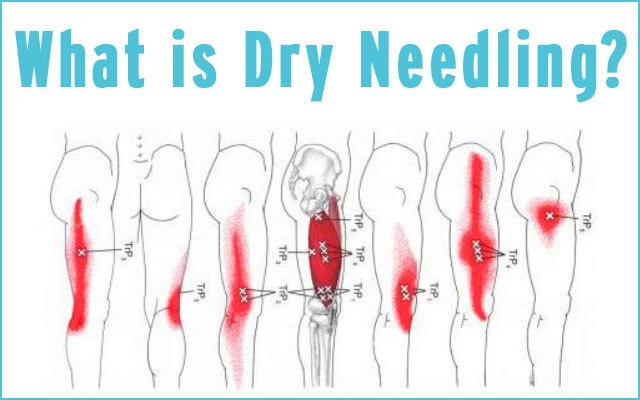
How does Dry Needling work?
Dry needling works by advancing the needle into the trigger point, which causes the muscle to grab onto the needle in an attempt to repel the needle. This is called a localized twitch response. This localized twitch response is necessary in order to deactivate the trigger point and relax the muscle. This can result in significant pain relief, decrease muscle tension, increase the range of motion, and promote a return to activity.
What can I expect to feel with Dry Needling?
Many people may not feel the needle insert into the skin. However, once a localized twitch response is elicited, the discomfort can vary drastically. Many people describe the feeling as a muscle cramp once a localized twitch response is elicited. People will soon learn to recognize and even welcome the sensation, as deactivating the trigger point reduce decrease pain, restore muscle length and improve function.
What conditions can Dry Needling treat?
A broad range of musculoskeletal injuries can be treated effectively with dry needling. These include, but are not limited to, the following:
- Shin splints
- Plantar Fasciitis
- Low back pain
- Sciatica and piriformis syndrome
- Knee pain and Patellofemoral pain syndrome
- Neck pain and whiplash symptoms
- Headaches
- Tennis and Golfer’s elbow
- Shoulder pain
- Repetitive overuse injuries will benefit from Dry Needling
- Who will benefit from Dry Needling?
Prior to treatment, your physiotherapist will first perform a thorough assessment to determine if you may benefit from Dry Needling. If you are a good candidate, sessions will vary from 1-2 times/week. Your physiotherapist may also incorporate other forms of therapy, such as manual therapy or exercise, as part of your treatment. The total number of treatment sessions will vary depending on a number of factors, including the cause and duration of the symptoms, your general health, and you and your practitioner’s satisfaction with the outcome.
How is Dry Needling different from Acupuncture?
Dry needling is different from Traditional Chinese Acupuncture. Both methods do involve inserting a needle into the tissue. However, there are significant differences in the evaluation, application and overall goal of the treatment. Traditional Chinese Acupuncture involves inserting needles along a meridian based on Eastern Medicine principles in order to re-establish chi, or life energy, back in the body. Dry needling involves an examination of the neuromuscular system and insertion of a needle directly into hyperirritable spots within the muscle in order to de-activate it, and thus, decrease pain and restore function.
At North End Spine and Sports, we have 2 Physiotherapists certified in Dry Needling: Cheryl Witter and Cori Hanan. Dry Needling is just one of our specialties!
